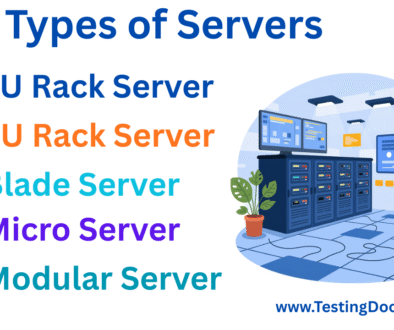WebGL – Web Graphics Library
WebGL – Web Graphics Library
WebGL (Web Graphics Library) is a JavaScript API that allows developers to render interactive 2D and 3D graphics directly within a web browser without the use of plug-ins. It leverages the power of the computer’s GPU (Graphics Processing Unit) to accelerate rendering, enabling complex visualizations and immersive graphics experiences for web applications, games, simulations, and more. WebGL is fully integrated with the HTML5 canvas element, making it accessible across modern browsers on desktop and mobile platforms.
What is WebGL?
WebGL is a low-level graphics API that brings the power of OpenGL ES (Embedded Systems) to the web. It allows developers to create GPU-accelerated graphics in a browser environment. WebGL programs are written in JavaScript and use GLSL (OpenGL Shading Language) for writing shaders that run on the GPU.
By using WebGL, developers can build rich visual content like data visualizations, 3D models, and even real-time games, all running smoothly within a browser window without needing additional software.
WebGL Specification
The WebGL specification is maintained by the Khronos Group, the same organization behind OpenGL and Vulkan. WebGL is based on OpenGL ES, which is commonly used in mobile devices and embedded systems. The specification outlines how WebGL maps the functionality of OpenGL ES to the web environment, ensuring compatibility and performance across platforms.
Key components of the WebGL specification include:
- JavaScript bindings for OpenGL ES 2.0/3.0
- GLSL ES shader support for programmable rendering pipelines
- Integration with the HTML5 canvas element
- Strict security model to prevent unauthorized access to system resources
Major Versions
WebGL was first introduced in 2011 as part of the HTML5 initiative to bring richer content to the web.
WebGL 1.0
Released in March 2011, WebGL 1.0 is based on OpenGL ES 2.0. It provided core rendering capabilities for 3D graphics and was widely adopted by major browsers including Chrome, Firefox, Safari, and Edge. WebGL 1.0 made it possible to run sophisticated visual content without plug-ins, marking a turning point in web development.
WebGL 2.0
Released in January 2017, WebGL 2.0 builds on WebGL 1.0 and aligns with OpenGL ES 3.0. It introduces several enhancements, such as:
- Multiple render targets
- 3D texture support
- Enhanced texture filtering
- Improved shader language capabilities
These advancements allow developers to create more complex and higher-performance graphics applications directly within the browser.
Uses of WebGL
WebGL is widely used in various domains due to its ability to deliver real-time graphics in a browser. Some common uses include:
- Web-based Games: Many modern browser games use WebGL to deliver high-quality 3D gameplay without downloads.
- Data Visualization: Tools like three.js and D3.js use WebGL for rendering scientific data, charts, and interactive visualizations.
- Virtual Reality (VR) and Augmented Reality (AR): WebGL powers WebXR applications, enabling immersive experiences directly from the web.
- Architecture and Design: Architects use WebGL to share and present 3D models of buildings and interiors online.
- Education and Training: Interactive simulations and virtual labs utilize WebGL to provide hands-on learning experiences.

